|
If history classes in high school nearly put you to sleep like they did me, Cape Cod is the place that will change all that for you. I recall class being mostly about wars and assassinations and Roman aqueducts (I don't know why, but aqueducts are still front and center in my memory all these years later! HA!). Then I became an adult and we bought SEAS THE DAY on Cape Cod and because of that, we were LIVING RIGHT IN THE MIDDLE of one of the most fascinating historical places in the country. Pilgrims, sea captains' homes, famous artists' dune shacks, shipwrecks, Native American tribes, the summer White House of JFK, it's all that and more. History at your fingertips. Most people think that the Pilgrims landed at Plymouth Rock in Plymouth, MA (on the mainland just off the Cape) upon arrival to the new world. Incorrect! The Mayflower first stopped in what is now Provincetown Harbor in 1620. The Pilgrims went ashore in Provincetown and found their first fresh water and food - and had their first skirmish with the Native Americans. It was here they wrote the Mayflower Compact which was the first governing document of the new world. Lots of firsts on Cape Cod! The land was deemed too sandy for farming and the Pilgrims left and settled across Cape Cod Bay in Plymouth. Today, there is a fascinating tribute to these brave original settlers, the Pilgrim Monument, in Provincetown - it also happens to be the tallest all-granite structure in the United States. From the arrival of the Pilgrims to the present day, the ocean has been central to life on Cape Cod. . Hundreds of sea captains lived here from the 1600s to 1800s, sailing their clipper ships to faraway places like India and Asia, gone for months or years at a time. Many of the sea captains' homes still exist today as private residences and nearly all are on the National Register of Historic Places. In Yarmouthport (a hop and skip from SEAS THE DAY), the historic Captain's Mile showcases more than 50 historic captains' homes like the Capt. Bangs Hallet house which is open for tours. Before modern navigational equipment, hundreds of ships wrecked off the outer edge of Cape Cod. Dune shacks were built by the US Lifesaving Service beginning in the 1800s to house the men who worked to help wrecked ships, now known as the Coast Guard, as well as the sailors on those ships. In the 1920s, the Coast Guard was no longer using the shacks and they became popular with artists and writers who stayed there in the summers to hone their crafts. The most famous residents included Jackson Pollock, Tennessee Williams, e.e. cummings, Jack Kerouac and Eugene O'Neill. Today, the dune shacks still stand - and still do not have electricity or running water! Humble in design, they sit majestically atop the parabolic dunes of the Cape Cod National Seashore looking out across the Atlantic Ocean. So, about those shipwrecks! One of them, the Whydah, wrecked in a storm off the shore of Wellfleet on April 26, 1717 and is really something special. Why? It's the only authenticated pirate ship in the world and it holds a literal and metaphoric ton of treasure at the bottom of the ocean. The Whydah was discovered by underwater explorer Barry Clifford in 1984. Recovered treasure from the Whydah includes countless gold coins, weaponry, jewelry, apparel and even a leg bone! Its captain, "Black Sam" Bellamy (because he wore his black hair in a ponytail rather than donning a powdered wig), was an Englishman who was the top-earning pirate in history. Bellamy captured at least 53 ships in his brief stint as a pirate captain before he perished in the Whydah wreck at the age of 28. 53 ships is a lot of treasure! You can see it at Cape Cod's fascinating Whydah Museum - a quick 15 minutes from SEAS THE DAY! In the early 1600s, the Native American Wampanoag Nation spanned the geography from Provincetown at the tip of Cape Cod to Narragansett, Rhode Island. These native peoples had an incredibly vibrant culture which lives to this day. The Mashpee Wampanoags on Cape Cod hold an annual powwow to which all are invited. The event showcases the artistry and history of these first inhabitants of Cape Cod and offers an incredible glimpse into Native American traditions. Come experience this fascinating history for yourself on Cape Cod!
0 Comments
|
AuthorI'm a third generation Cape Codder and a passionate investigator of every inch of this magical 65 mile long spit of sand. Archives
March 2024
Categories |
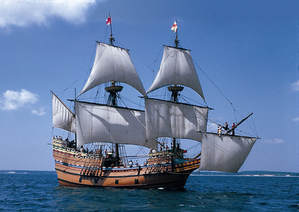
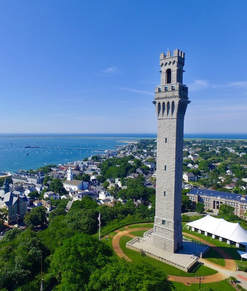

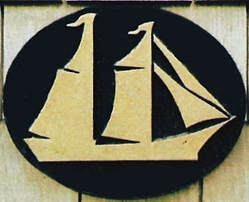

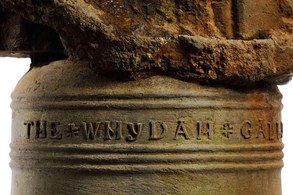


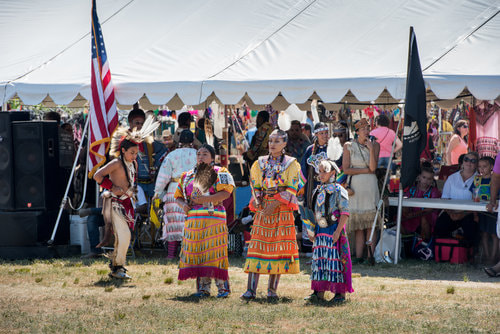
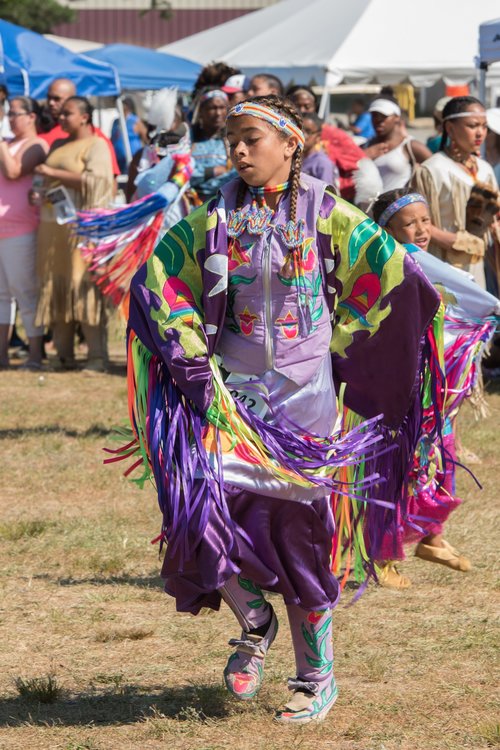

 RSS Feed
RSS Feed
